
UN System Media Kit
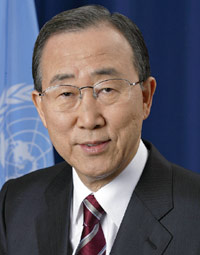 |
"The year 2015 can be a turning point in human development if we agree on a path to resilience through strong agreements on disaster risk reduction, development financing, climate change and a new set of sustainable development goals.
– United Nations Secretary-General Ban Ki-moon |
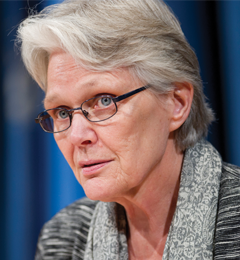 |
"It is time for the world to embed disaster-resilience into the economic system, and into the development of towns and cities, taking into account factors such as seismic threats, flood plains, coastal erosion and environmental degradation. If we get it right in Sendai, resilience can become the hallmark of 2015, setting the tone for agreements later on sustainable development and climate change – which have important implications for disaster risk.”
– Assistant Secretary-General for Disaster Risk Reduction Margareta Wahlström Disaster Risk Reduction |
 |
“Being located in the world’s most disaster prone region, ESCAP member States are compelled to place disaster risk reduction as one of the top priorities in the post-2015 sustainable development agenda. Moving forward, it is crucial that disaster risk reduction be integrated into the UN formal regional platform provided by the Regional Commissions. Disaster risk reduction stakeholders would benefit from valuable access to all sectors of government, including finance and planning ministries. This is vital for the successful mainstreaming of disaster risk reduction into post-2015 sustainable development framework”.
– Under-Secretary-General of the United Nations and Executive Secretary of ESCAP Dr. Shamshad Akhta Economic and Social Commission for Asia and the Pacific |
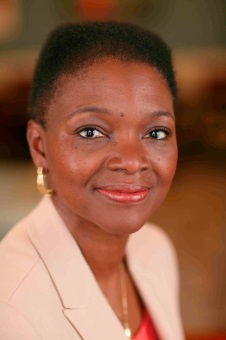 |
“While humanitarian organisations continue to have an important role in disaster preparedness and response the key focus of the framework we are here to endorse must have a primarily developmental focus – with the resilience of people and the communities they live in at the heart of it. I call on all Member States and inter-governmental regional bodies, to support countries suffering from high levels of insecurity to focus on finding ways to better prepare in order to prevent the recurrence of conflict and related incidents which drive people from their homes and destroy livelihoods.”
– United Nations Office for the Coordination of Humanitarian Affairs Under-Secretary-General and Emergency Relief Coordinator Valerie Amos Humanitarian Affairs and Emergency Relief |
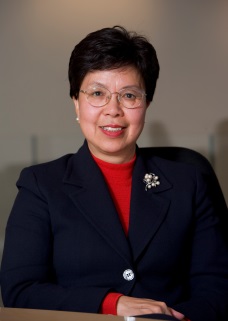 |
“Protecting people’s health from the risk of emergencies and disasters is a social, economic and political necessity. Prevention and preparedness are the heart of public health. Risk management is our daily bread and butter. Disasters are considered, first and foremost, in terms of their health consequences. I am delighted that health has become a central focus on the post-2015 framework for disaster risk reduction. We can reduce risks to public health from all hazards only when all countries and sectors are working together. Safe, functioning hospitals are essential for building the resilience of communities and countries. The World Conference on Disaster Risk Reduction can help make that vision a reality.”
– World Health Organization Director-General Dr Margaret Chan Health and hospital safety |
 |
“While disasters may stem from natural hazards, their impact is based on whether we take actions to reduce the risk. The Hyogo Framework for Action has been an invaluable tool for countries as they work to reduce disaster risk and thereby take the necessary steps to prepare for the next storm, earthquake, or other disaster considerations, all of which will help advance sustainable development.”
– Administrator of the United Nations Development Programme Helen Clark Risk governance and identification |
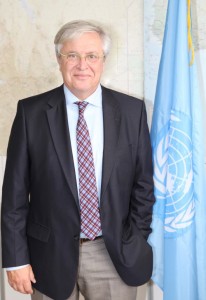 |
“Already more than half of the world’s population lives in cities and this is expected to rise to two-thirds by 2050. With more people concentrated in urban areas, the higher the likelihood of the serious impacts of natural and man-made disasters on our population. It is very important to ensure that cities are prepared to prevent the social and economic fall-out, loss of lives, and the damage and loss of properties, and are resilient enough to withstand these various shocks and stresses.”
- Executive Director of UN-Habitat Dr. Joan Clos |
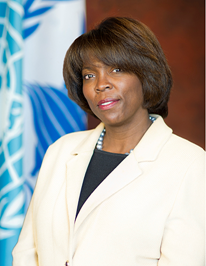 |
“Disasters increase food insecurity and malnutrition by destroying land, livestock, crops and food supplies. Food insecure and malnourished people, particularly the poor and vulnerable, experience the most detrimental impact from recurrent disasters, which create a cycle that traps them in chronic hunger and poverty. Over the next ten years, the entire global community must commit to helping these people avoid and/or recover quickly from disasters.”
- Executive Director of the World Food Programme Ms. Ertharin Cousin |
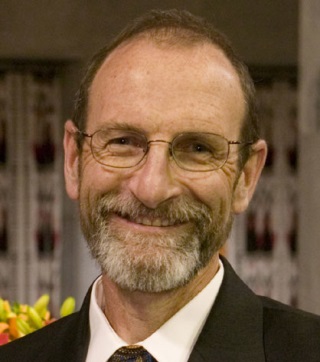 |
“Finding low-regrets, equitable paths to the future depends on recognizing that climate change adaptation, disaster risk reduction, and sustainable economic development are, at their core, different aspects of a single challenge and a single opportunity.”
- IPCC Working Group II Co-chair Christopher Field Climate change |
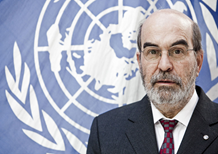 |
“Agriculture, forestry and fishery sectors are among the most affected by disasters. Damages and losses often threaten short and long term food and nutrition security. Small scale farmers, fishers and herders and forest dependent communities, whose livelihoods depend on agriculture and natural resources, are particularly vulnerable to shocks. Increased efforts for risk prevention and reduction are needed. While in the past decade, considerable progress has been made in understanding disaster risk reduction and its vital contribution to sustainable development, more concrete action at scale is still lagging behind. Building on lessons from the Hyogo Framework for Action, its successor framework needs to anchor the critical role and contributions of sectors, and in particular the importance of sustainable agriculture, food security and nutrition to support the resilience of countries and communities most at risk.”
- Food and Agriculture Organization Director-General José Graziano da Silva Food and Agriculture |
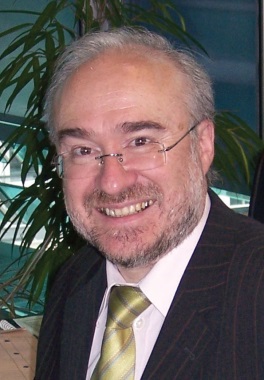 |
“Since time immemorial, people have lost their lives and homes to floods, wind storms, droughts, heatwaves, cold waves and storm surges. Fortunately, over the 10 years of the Hyogo Framework for Action we have made great progress in predicting the weather, communicating risk, building multi-hazard early warning systems, and strengthening climate and disaster resilience,”
– World Meteorological Organization Secretary-General Michel Jarraud Climate risk |
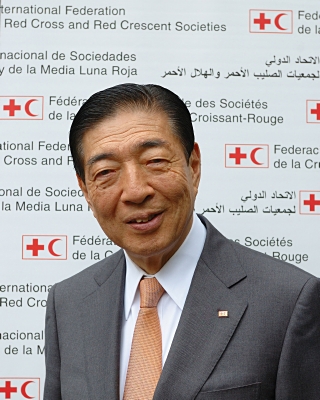 |
“Guided by the Hyogo Framework for Action, nations across globe have made significant steps towards reducing disaster risk and strengthening resilience. As we look forward - building on the successes and highlighting the challenges that remain - we need to re-evaluate the way we work and address the underlying causes of vulnerability more confidently, and ensure that regulatory frameworks and resources are available to enable people themselves to engage in effective local action. A shift is needed towards a culture of real outcomes and impact, where resilience programming involves sustained engagement that is explicitly participatory, inclusive and above all, accountable to the people who most are at risk. The IFRC commits to making a practical contribution to building resilience through meaningful partnerships at community to international level. Only in partnership can we transform the lives of the most vulnerable people and support their efforts to build resilient communities.”
– President of the International Federation of Red Cross and Red Crescent Societies Tadateru Konoé |
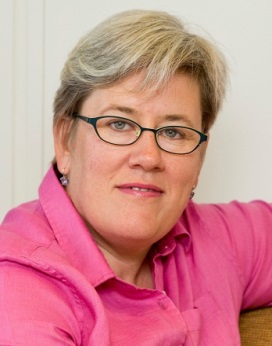 |
“The Hyogo Framework for Action was crucial in focusing international attention and effort towards the reduction of disaster risk. The year ahead offers a unique opportunity to take this momentum to the next level – starting here in Sendai, and later in Addis Ababa and Paris. Through these defining development and climate negotiations, we can ensure that resilience is fully integrated in the post-2015 development framework. At the World Bank Group we know that, in a world where we have already locked in warming of 1.5°C above pre-industrial levels, resilience and development are inextricably linked. We are committed to working with governments and other partners to both finance and bring scale to resilience in the world's most vulnerable communities.”
- Vice President and Special Envoy for Climate Change, World Bank Group Rachel Kyte Managing disaster and climate risk |
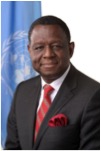 |
“Women, and often young women, are the backbone of their communities' resilience. Time and time again, they sustain their households during difficult times. Investment in reproductive, maternal, newborn, child and adolescent health is an investment in disaster risk reduction that improves the rights of individuals and strengthen countries’ resilience. Women and young people must be recognized as invaluable partners across the humanitarian-development continuum.”
- Executive Director of UNFPA Dr. Babatunde Osotimehin |
 |
“Experience and lessons learned from the HIV response can serve as useful entry points for disaster risk reduction. By putting people most affected at the centre, and by working with communities, the end of the AIDS epidemic has come in to view. Global solidarity and shared responsibility have been a powerful partnership to improve accountability, access to services and reduce stigma and discrimination. If we fast-track the response to HIV over the next five years I strongly believe that the AIDS epidemic can be ended as a public health threat by 2030.”
- Executive Director of UNAIDS Michel Sidibé |
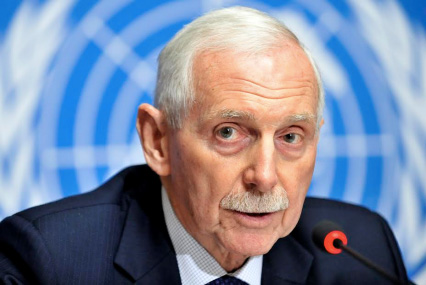 |
“Over the last years, the Hyogo Framework for Action has been instrumental in guiding and coordinating risk reduction efforts of stakeholders at all levels. With complex global challenges awaiting an increasingly mobile and interconnected world over the next decades, the HFA2 will allow all of us to renew our commitments around new, ambitious resilience building objectives, and lead our collective efforts towards more sustainable human development.”
– International Organization for Migration Director General William Swing Migration and resilience |
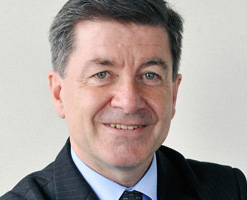 |
“The United Nations has a crucial opportunity in 2015 to contribute to reducing the risks created by disasters which can set back the development course of nations, regions and, indeed, the world… As the UN sets and pursues sustainable development goals this year, disaster risk reduction must be an integral consideration.
The Sendai World Conference on Disaster Risk Reduction will lay the foundations for an improved system for crisis management in response to the formidable challenges posed by natural and technological hazards. .” – International Labour Organization Director General Guy Ryder |


